With Disney Parks around the world closed for the foreseeable future, WDWNT is dipping into our archives of vintage materials for a look back into Disney history! We’re heading back in time to see Walt Disney Productions in the early 1970’s with the second part of the 1973 Annual Report, featuring Disneyland, film and television productions, and more!
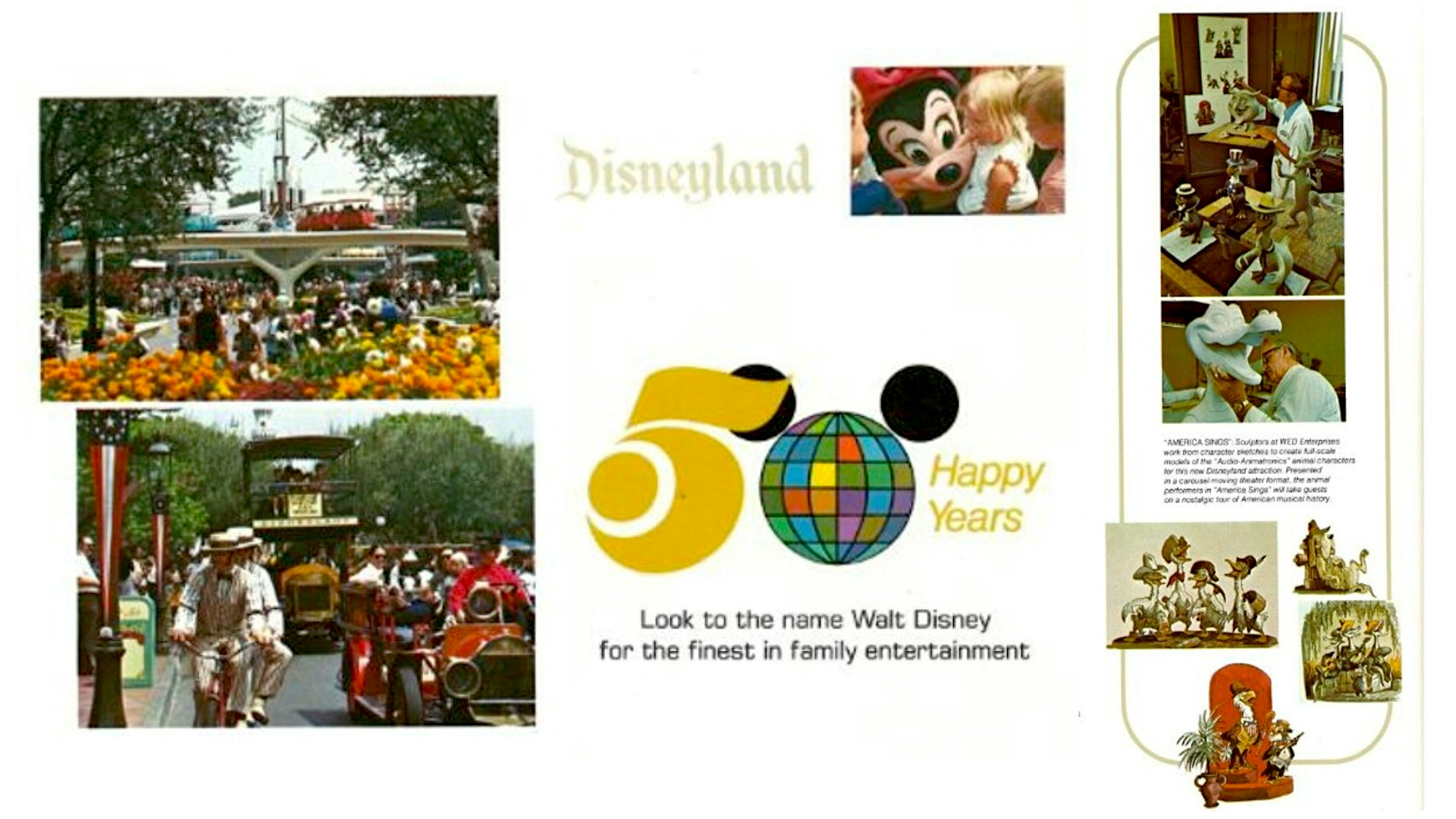
Note: This article will detail the report page by page, but WIGS Members will have access to download a full-resolution PDF of the entire thing. Head on over to Patreon.com/wdwnt to join WIGS, the WDWNT Inner Globe Society, for as little as $2 a month and unlock access to great content like this, and much more!
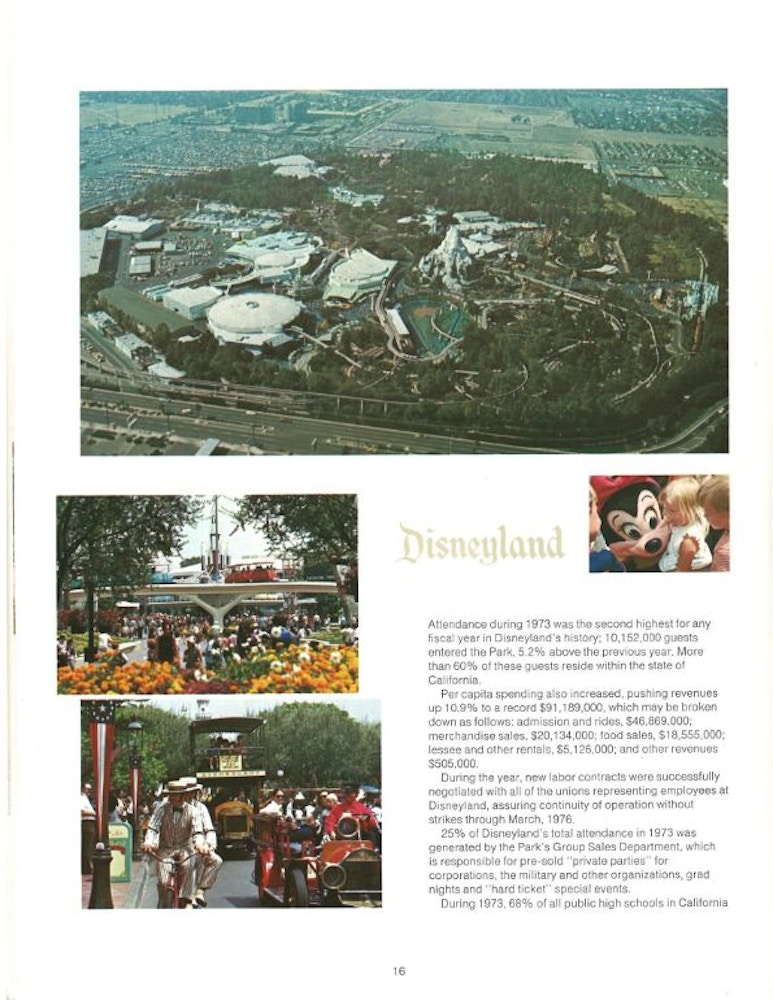
We pick up at Disneyland, where business was very good in 1973, home to the second highest attendance for a fiscal year in the park’s history.

It was also the first full year of operation for the Main Street Electrical Parade, which first kicked off at Disneyland in June 1972.

What’s new at Disneyland in 1974? Why, it’s America Sings, an Audio-Animatronic revue in Tomorrowland that takes guests through America’s musical history as performed by a cast of critters. If they look familiar to you, you may recognize them from Disneyland’s Splash Mountain, which reused many of the Audio-Animatronics when it opened in 1989.
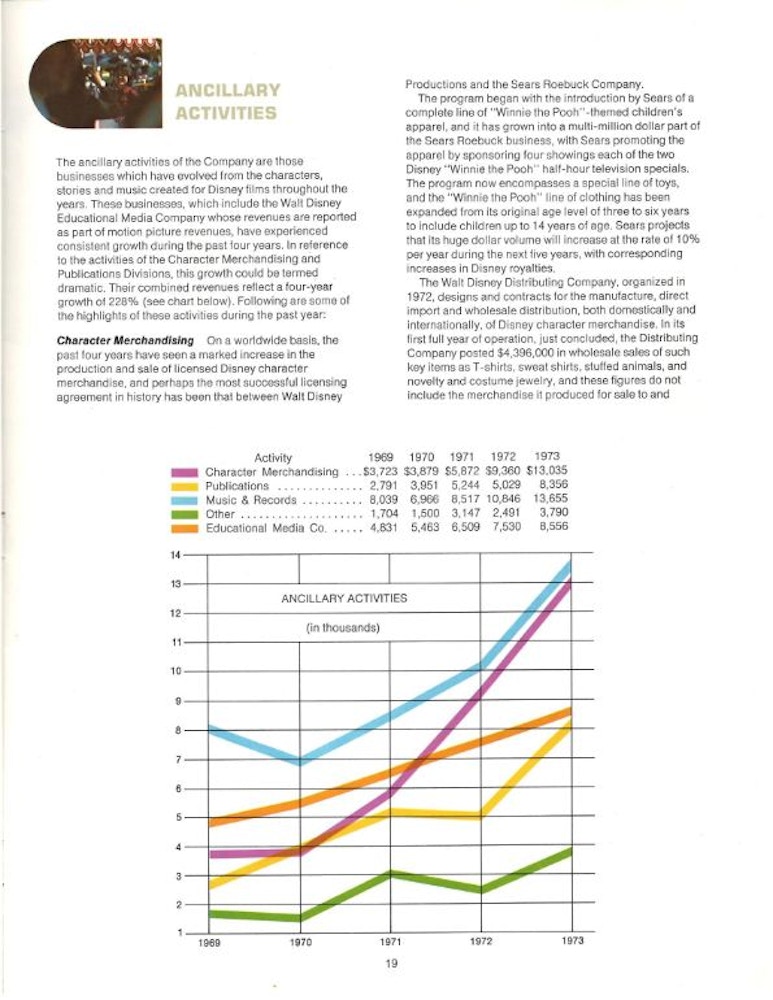
Do you remember in the 1965 Annual Report when they discuss Disney’s new deal with the Sears Roebuck Company to license Winnie the Pooh merchandise? This have certainly taken off since then, being called “the most successful licensing deal in history.”
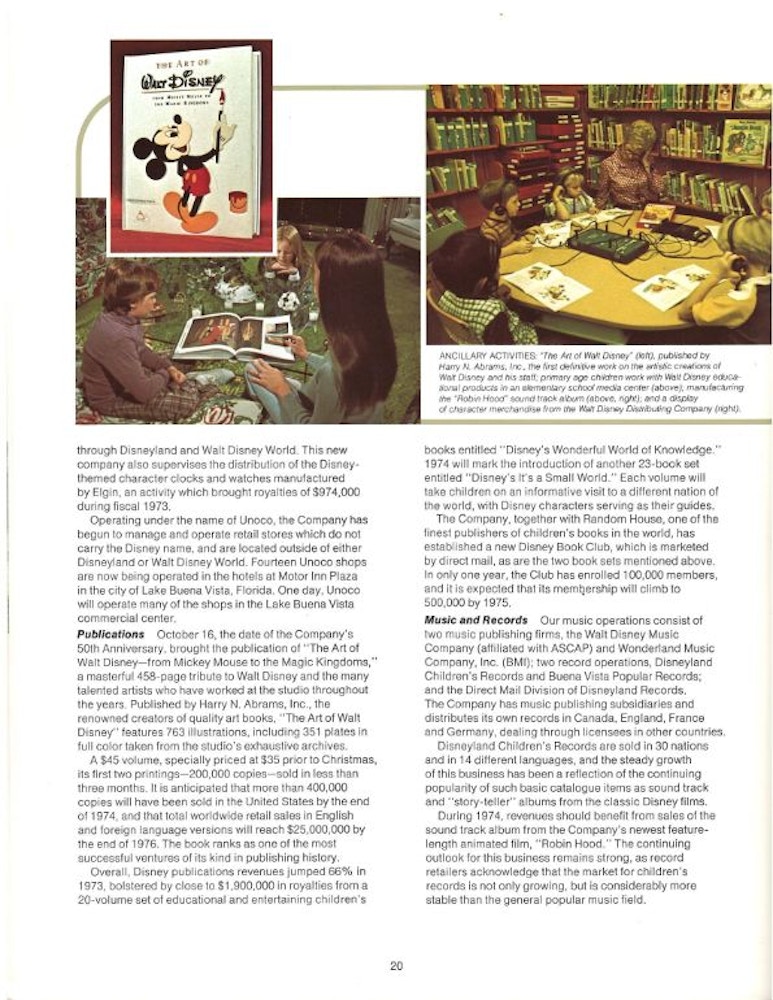
Does anyone have a copy of The Art of Walt Disney – from Mickey Mouse to the Magic Kingdoms? The book was originally printed to mark the company’s fiftieth anniversary.

This page talks about Disney’s educational films, the “Disney on Parade” live show, and the Celebrity Sports Center in Colorado.
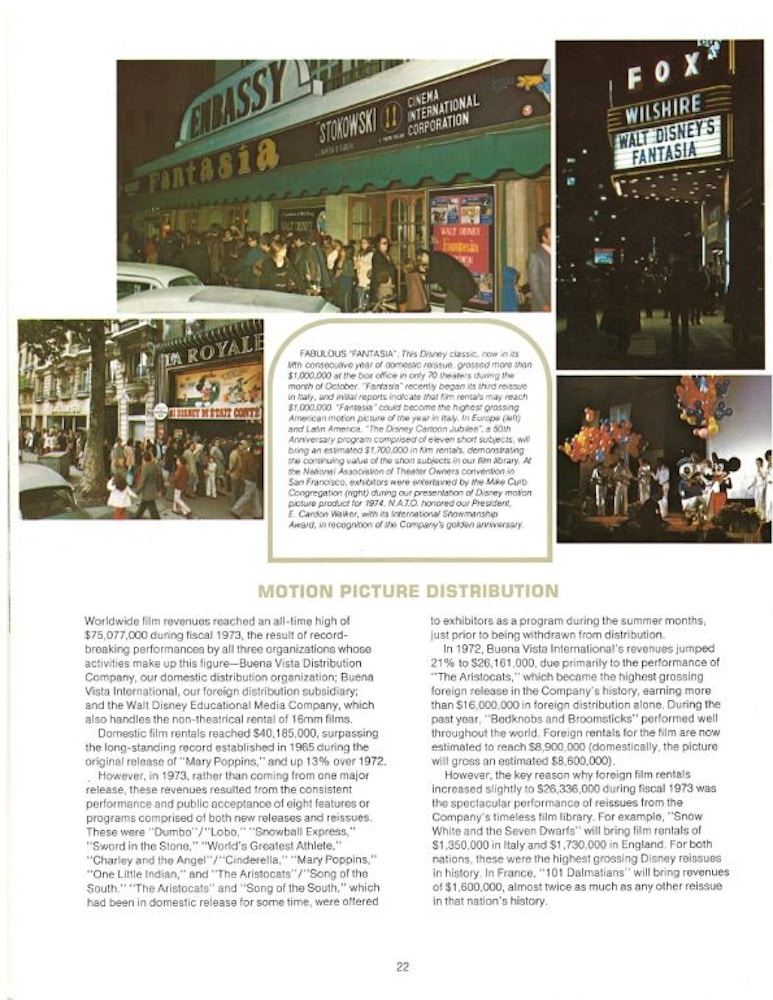
We then get into feature films, starting with rentals of earlier Disney films like Dumbo, The Sword in the Stone, Mary Poppins, and The Aristocats.

Disney once again discusses its “total marketing” process, this time for the recently-released Robin Hood, complete with character appearances in the Macy’s Thanksgiving Day Parade.

But what’s new from Disney’s film department in 1974? Fun and adventure abound in such projects as Superdad (which premiered in 1973 but would go to a wide release in February 1974), re-releases of Alice in Wonderland and Lt. Robin Crusoe, U.S.N., Herbie Rides Again, The Bears and I, The Castaway Cowboy, and The Island at the Top of the World.
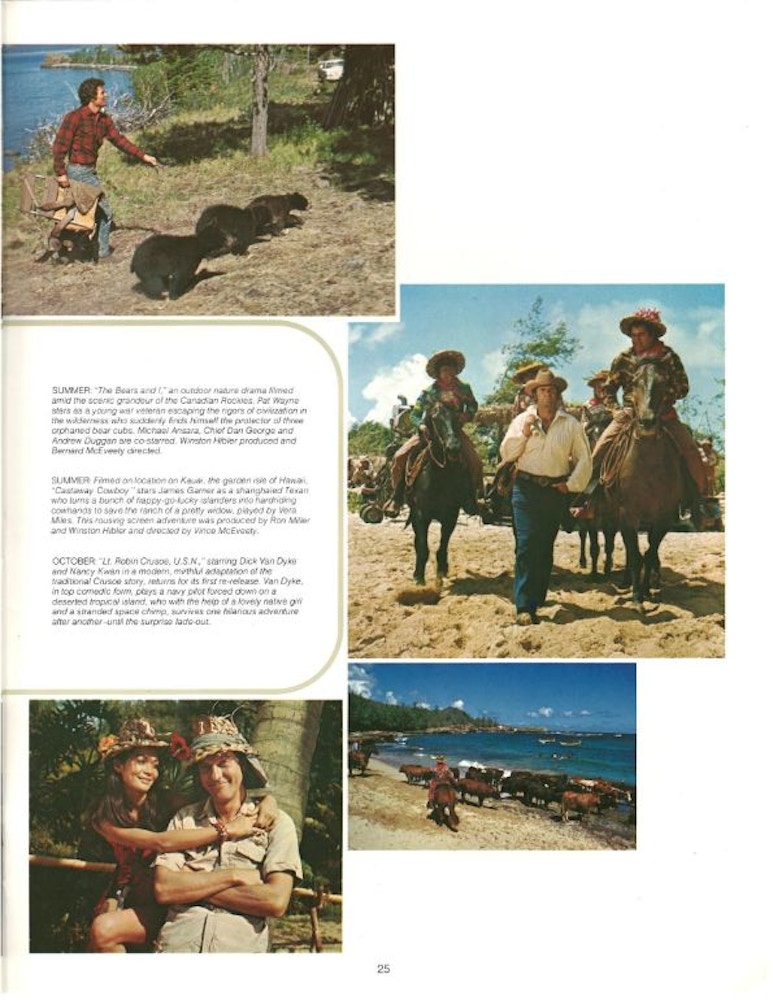

The report also features early art from an animated film in production, which is none other than The Rescuers, which would arrive in theaters in June 1977.
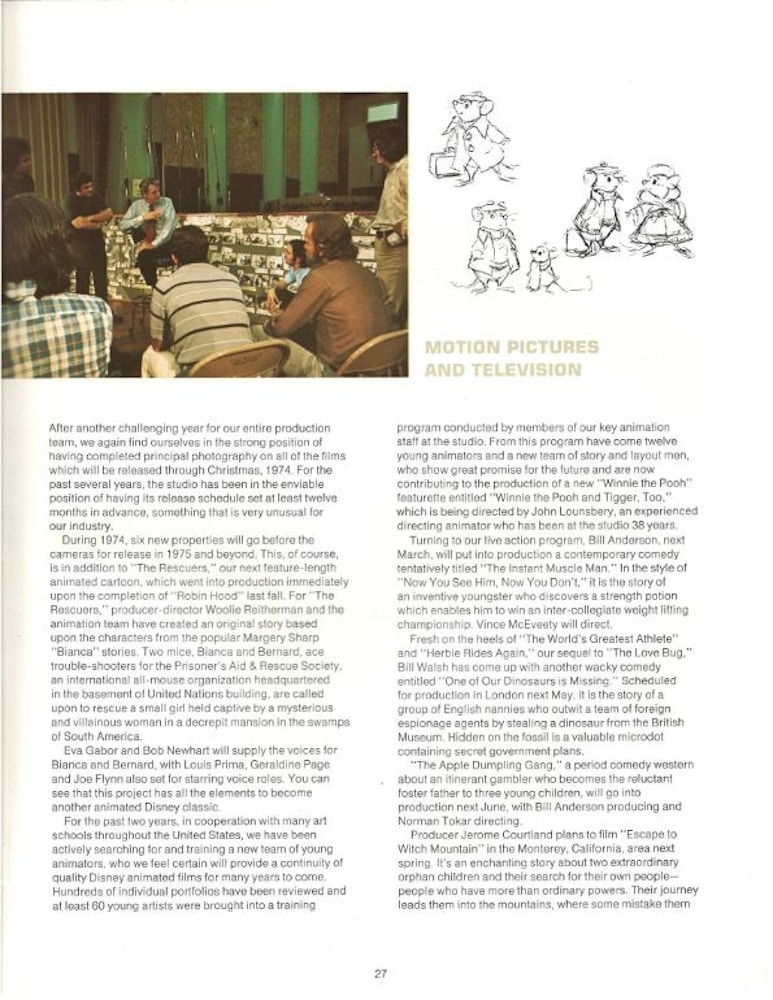
As that leads into 1975 and beyond, we learn about animated shorts and live action films that would become hallmarks of Disney’s film library, including Winnie the Pooh and Tigger, Too, the Dexter Riley film The Strongest Man in the World (described here as “The Instant Muscle Man”), One of Our Dinosaurs is Missing, The Apple Dumpling Gang, Escape to Witch Mountain, Gus, and Ride a Wild Pony.
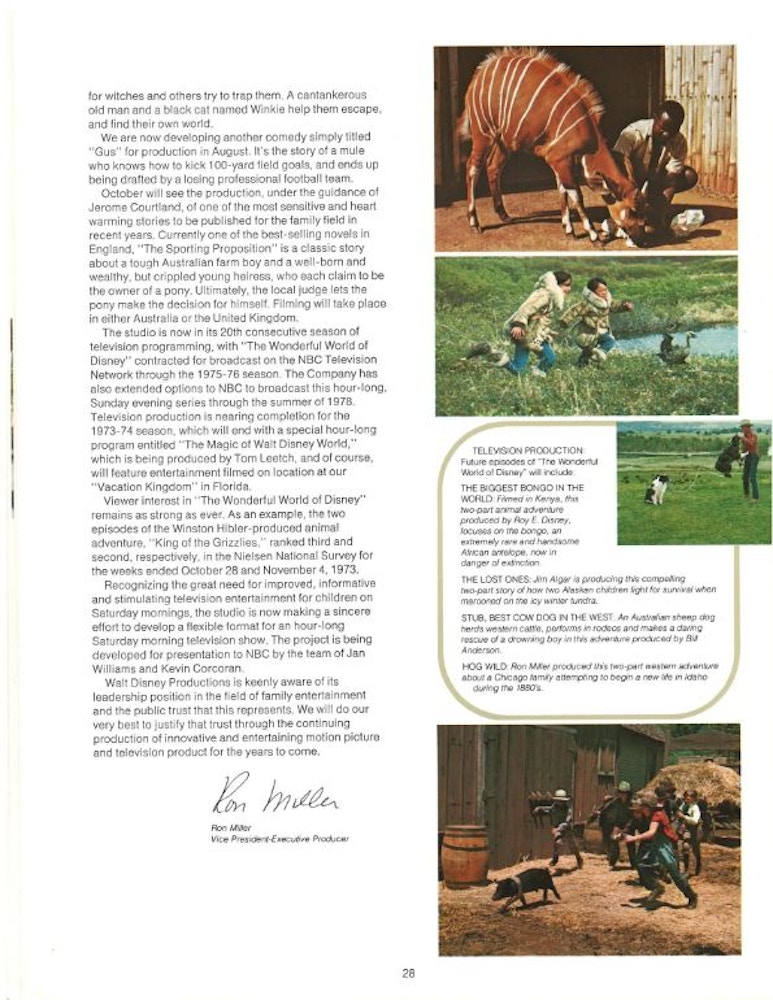
Future President and CEO Ron Miller, then a Vice President-Executive Producer, closes out the section saying:
“Walt Disney Productions is keenly aware of its leadership position in the field of family entertainment and the public trust that this represents. We will do our very best to justify that trust through the continuing production of innovative and entertaining motion picture and television product for the years to come.”
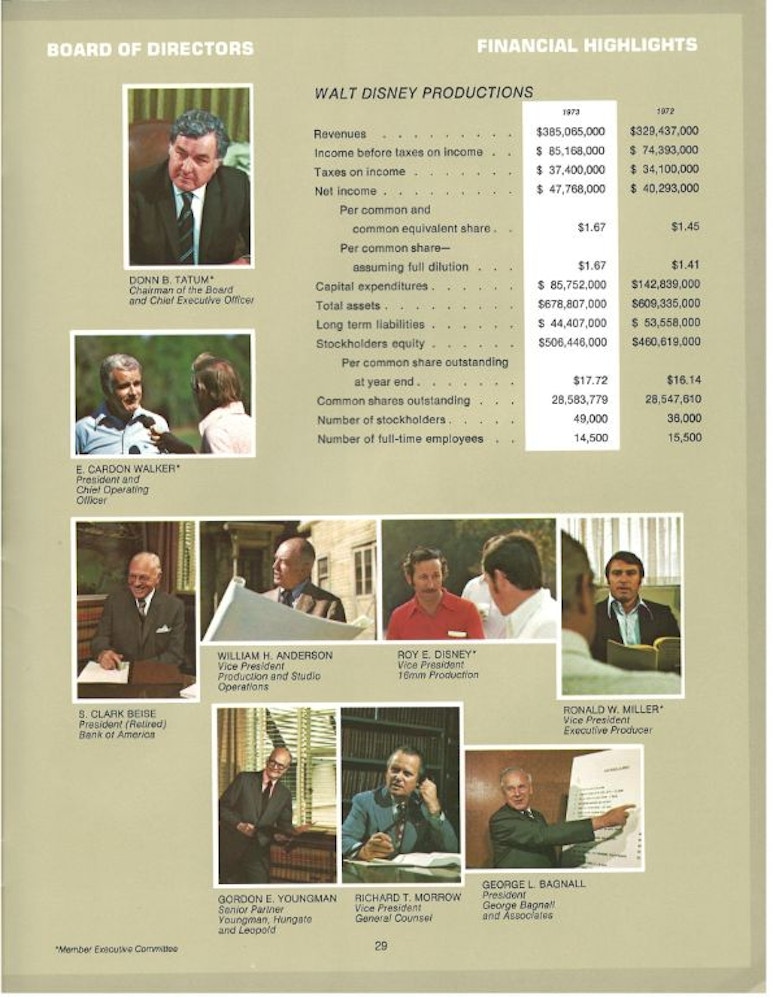
Now it’s time for everyone’s favorite part of the Annual Report: the financials! (Of course, there are some names and faces here that you may recognize, like Miller, Donn Tatum, Card Walker, Bill Anderson, and Roy E. Disney.
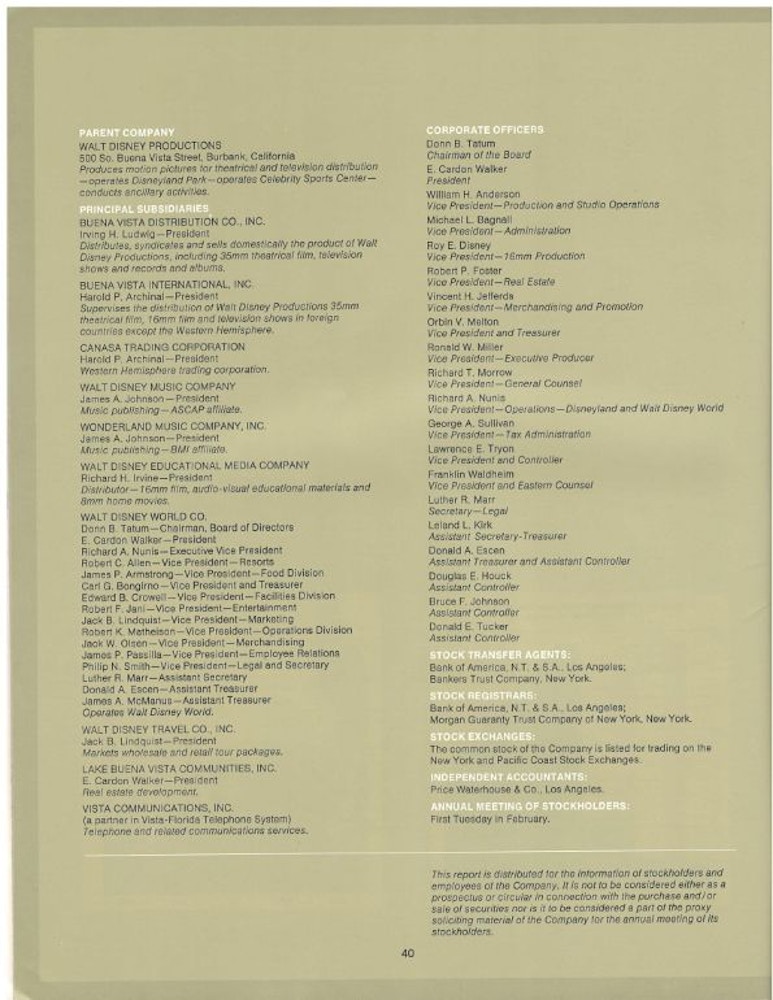
With the opening of Walt Disney World, some names near and dear to Disney Parks fans hearts can be found in the executive listings, like Dick Nunis, Jack Lindquist, Carl Bongirno, Bob Allen, Robert Jani, Jack Olsen, Don Escen, and Bob Matheison.
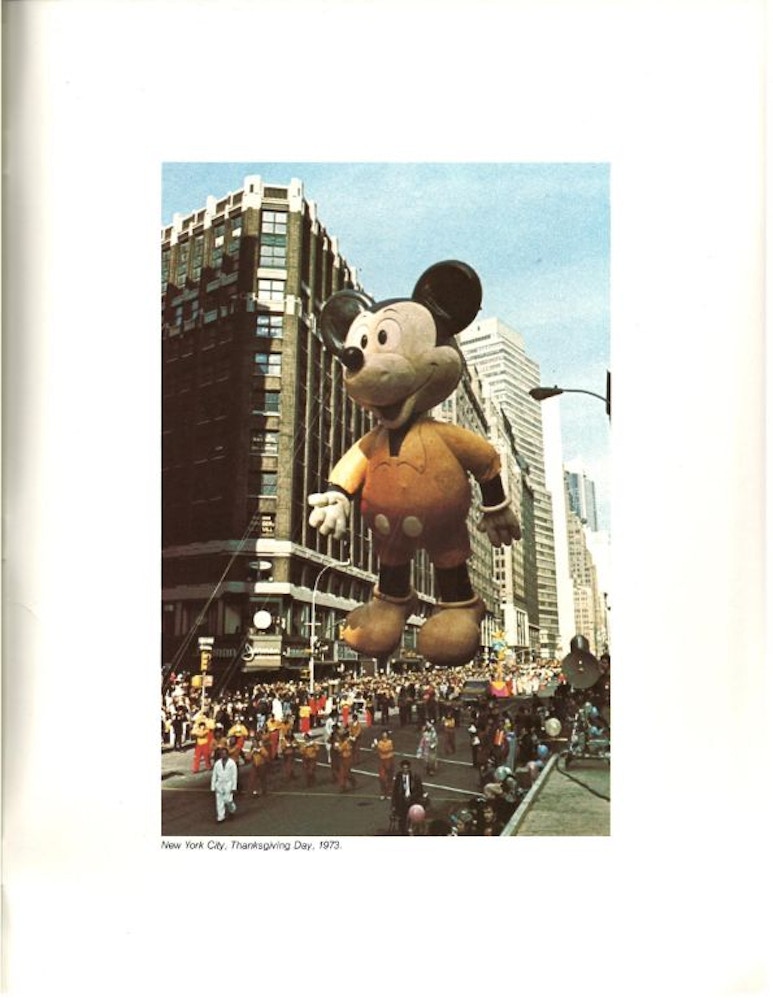
And fittingly enough for Disney, it all ends with a mouse, with a picture of the Mickey Mouse balloon at the 1973 Macy’s Thanksgiving Day Parade.
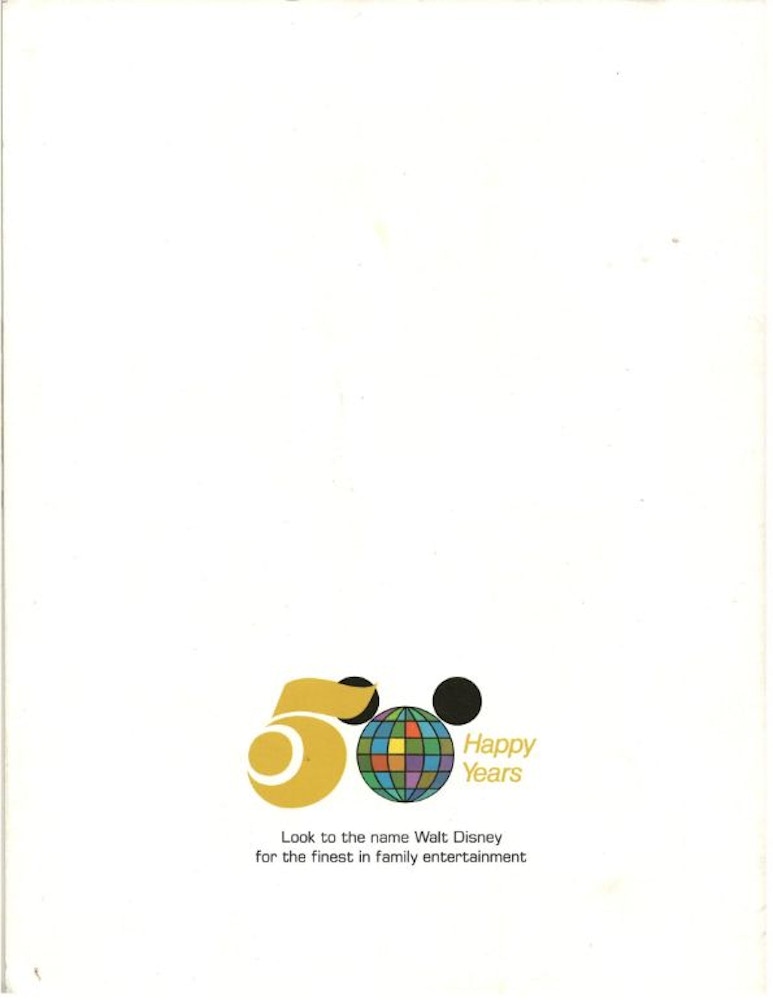
The back cover features a 50th anniversary logo. Say, if you tilt your head, does the bottom of the five look like Mickey’s eye, or is it just me?
And that concludes the 1973 Annual Report! Be sure to look at the first part of this report for a look at Walt Disney World in ’73, and keep reading WDWNT for more items from Disney history!
MORE:
Explore the Patriotic Theme Park That Never Was With This “Disney’s America” Brochure From 1993
Fly Away to EPCOT Center With this Vintage Eastern Airlines Advertising Supplement From the ’80s


It’s interesting to me that it says “due to growing public interest of the studio’s animated classics, particularly among young adults”. My love of Disney re-ignited as I entered adulthood, and I saw my fellow millennials start to feel the same way. The movies we grew up with became trendy again. We got new rides and mini lands for Beauty and the Beast, The Little Mermaid and Toy Story. We got remakes of Aladdin, The Lion King and Mulan. Disney renaissance movies became all the rage amongst my age group as we entered adulthood.
I thought it was strange because Disney movies are “technically” marketed towards kids, so why are adults picking up such a huge interest in them? I thought this phenomenon was only for my cohort, but the line I quoted might prove it’s a phenomenon across all age groups! Those who were babies when Alice in Wonderland would’ve been in their early 20s in 1973.
I’m starting to see demand for more representation of the Gen Z Disney movies (Atlantis, Emperor’s New Groove, Ratoutille) as they are entering adulthood, so we’ll see if this is a pattern.
Disney historically re-released their movies into theaters every seven or so years, so they could market their movies to a new set of children and their parents. They also knew parents would want to take their kids to see movies they had once seen, and so on through the generations. Disney could appeal to both a new audience and to peoples’ nostalgia, and combined with the minimal costs of re-releasing an already made movie made for a great business model.
Snow White is mentioned in the report for its profitable re-releases in Europe, and its one of the biggest money makers in movie history because of Disney’s re-release strategy. Anecdotally, my grandmother (who was 7 when Snow White was first released), said she saw the movie every time it was re-released, whether on her own, with her children, or with her grandchildren.
Disney continued to do this well into the home video era, as films were release on tape and then “locked away” into the Disney vault. For example, Snow White was the last major classic released on video in 1994 (and just about every parent and grandparent bought a copy for their kids), locked away again until its DVD release in 2001, and further releases came in 2009 and 2016.
Oh, I’m aware of Disney’s rerelease history. That’s not entirely what I was talking about, though.